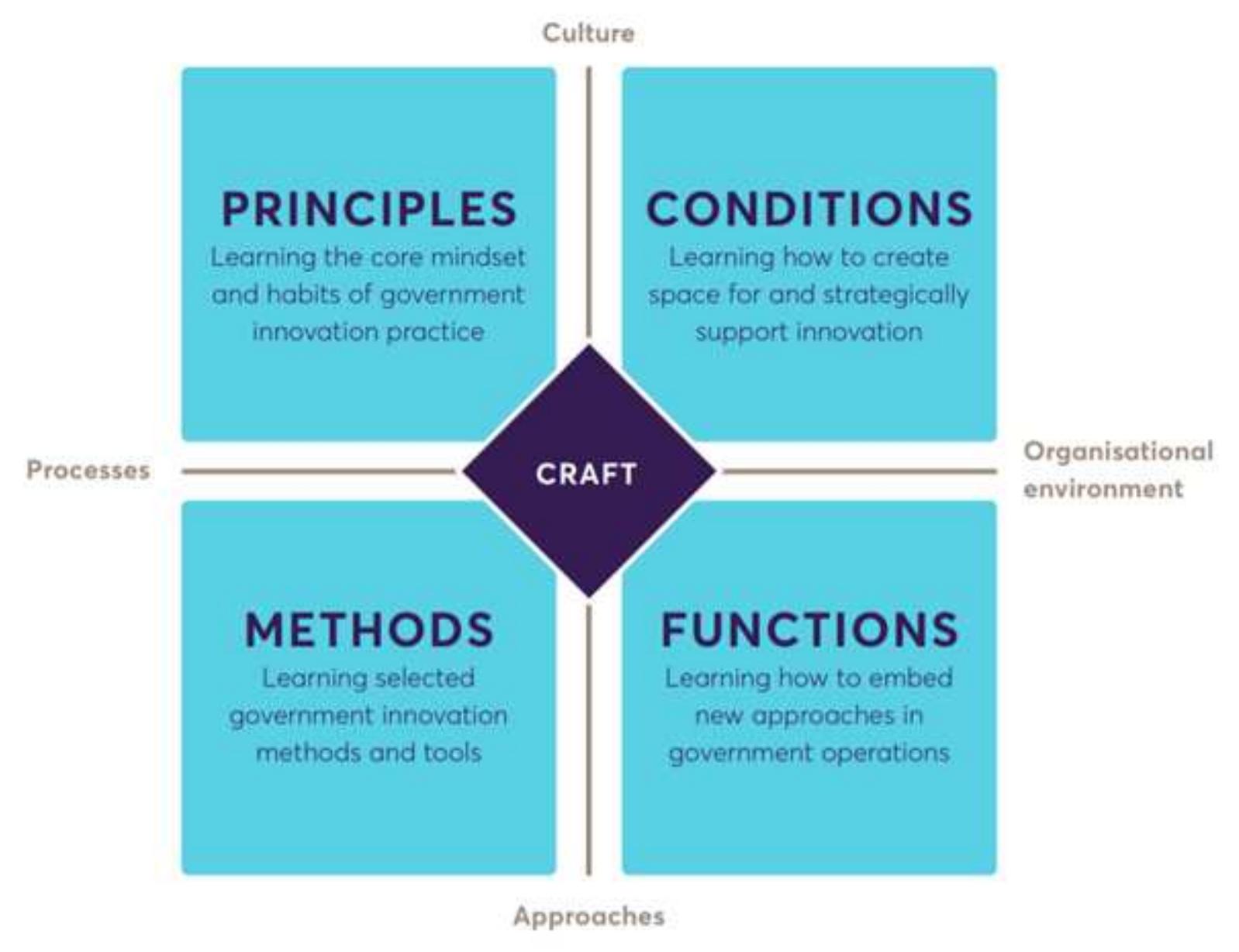Key research themes
1. How can design thinking and new design approaches improve public policy formulation and administration?
This research area investigates the integration of design thinking methodologies—originally rooted in industrial and product design—into the complex and multi-stakeholder contexts of public policy development and administration. The focus lies on understanding how human-centered, iterative, and co-creative design approaches can enhance problem definition, stakeholder empathy, solution exploration, and the overall effectiveness and innovativeness of policy-making processes. This theme is critical because traditional policy design often underemphasizes user perspectives and adaptation, limiting public value creation and responsiveness to wicked problems.
2. How can policy design incorporate mechanisms and realistic causal logics to enhance policy effectiveness and implementation feasibility?
This theme focuses on adopting mechanistic perspectives that clarify the causal chains underpinning policy impacts. Moving beyond correlative or heuristic reasoning, research here analyzes how policy instruments activate behavioral and organizational mechanisms to achieve desired outcomes. Understanding these processes enables more precise calibration of policy tools and enhances policymakers' analytical capacities. The theme is significant as it addresses a primary limitation in conventional policy design—insufficient focus on realistic causal pathways—which undermines effective policy formulation and implementation.
3. What strategies can enhance policy robustness and resilience to uncertainty and complexity in policy design?
This area examines how policies can be designed to maintain functionality and effectiveness despite environmental shocks, uncertainty, and complex, evolving problem contexts. It explores structural and procedural elements like diversity, modularity, redundancy, polycentric decision-making, and adaptive capacity that contribute to what is termed 'policy robustness'. This theme is vital given increasing policy complexity and turbulence, where traditional efficiency-driven design approaches risk fragility and failure.




















